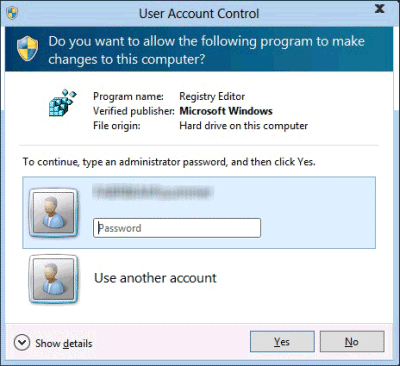Under Windows 10/8/7 / Vista OS, User Account Control (UAC) is a feature designed to prevent unauthorized modifications to your operating system. In today’s article, we will try to explain why UAC blocks the rise of executable applications signed with revoked certificates in Windows 10.

A UAC prompt appears, asking for permission when an application wants to make a system change such as changes that affect other user accounts, changes to Windows system files and folders, installation of new software.
If the user clicks or touches No, the modification will not be carried out. If the user clicks or touches Yes (and enters the administrator password, if necessary), the application receives administrative permissions and can make the desired system changes. These permissions are granted only until the application stops working or is closed by the user. The same goes for files that trigger a UAC prompt.
There are four different alert messages that can be associated with user account control. They are:
- Windows needs your permission to continue
- A program needs your permission to continue
- Unidentified program wants to access your computer
- This program has been blocked
In addition, many changes require administrative privileges. Depending on how UAC is configured on your Windows computer, they may cause a UAC prompt to appear and request authorization. These are:
- Run an application as administrator
- System-wide changes to settings or files in Windows or Program Files folders
- Installing and uninstalling drivers and applications
- Viewing or editing another user’s folders and files
- Add or remove user accounts
- Windows Update Configuration
- Changing Windows Firewall settings
- Changing UAC settings
- Changing a user’s account type
- Running the task scheduler
- Restoring backed up system files
- Changing the system date and time
- Configuring parental controls or family security
- Installation of ActiveX controls (in Internet Explorer)
- Make changes to the registry
UAC blocks the rise of executable applications signed with revoked certificates
In Windows 10, the new user account control (UAC) behavior prohibits / blocks the elevation of running applications that use revoked certificates to sign executable binaries.
This behavior prevents users from running certain applications. For example, users cannot run applications whose binaries are signed with stolen certificates.
According to Microsoft, to run an application, you must have the binary files signed with valid certificates.
I hope this post clarifies enough!
Lily: This app has been blocked for your protection message in Windows 10.
